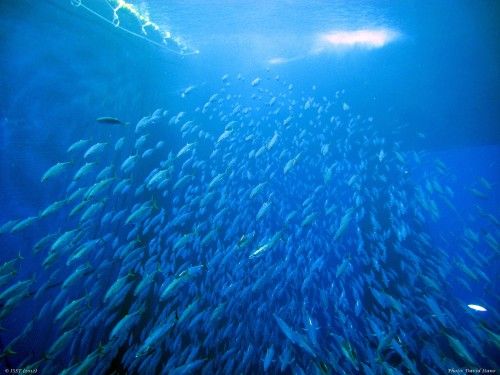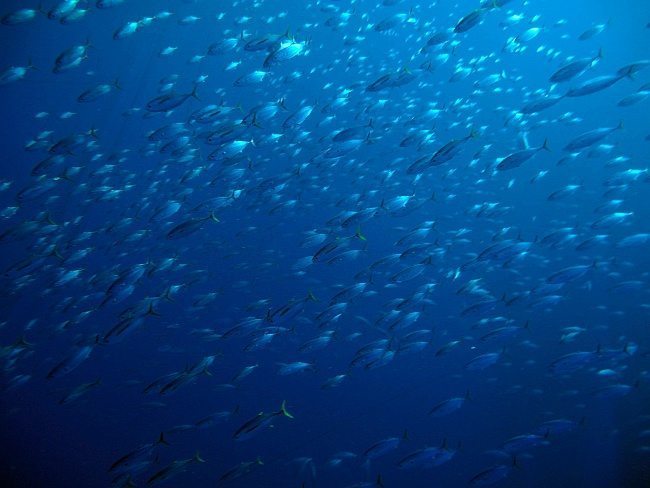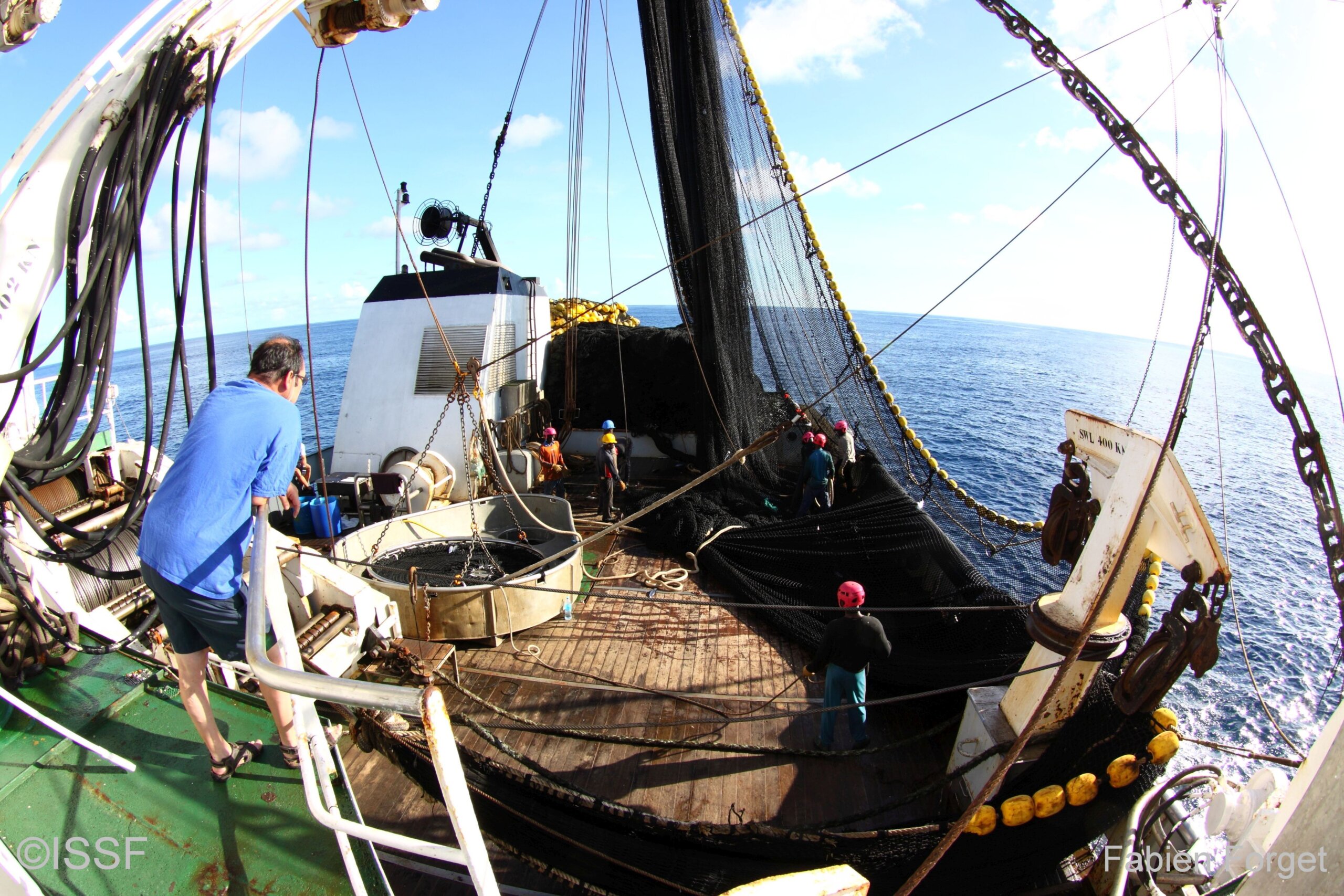
Report: At Least 1,843 Purse Seine Vessels Fishing for Tuna Worldwide Today, A Slight Decrease versus 2018 Analysis
The International Seafood Sustainability Foundation (ISSF) has issued an updated “snapshot” of Large-Scale Tuna Purse Seine Fishing Fleets report as of June 2019. The total number of purse seine vessels, calculated based on data from the five tuna Regional Fisheries Management Organizations (RFMOs), has decreased from 1,871 in 2018 to 1,843 today, mainly due to the removal from RFMO lists of vessels under 24m that are now inactive.
In the tropical #tuna large-scale #purse #seine fleet, fish hold volume grew by 1% since 2018. Share on XHaving an accurate estimate of active vessels is critical for managing tuna fishing capacity regionally as well as globally. Although purse seine vessels account for approximately 65 percent of the 4.9-million-tonne global tuna catch, multiple databases must be searched to count all authorized purse seine vessels. To provide an annual best estimate — and to track capacity changes from year to year — ISSF analyzes and aggregates information from the five tuna RFMOs and other sources. As the report explains, these figures may underestimate the total fleet, because many small-scale purse seiners or purse seiners operating in only one exclusive economic zone (EEZ) do not have to be listed on RFMOs’ records of authorized fishing vessels.
Through its research, ISSF found that in the tropical tuna large-scale purse seine (LSPS) fleet, fish hold volume (FHV) grew by 1 percent since 2018. The report shows approximately 686 vessels (up 2 percent, from 673 last year) defined as large-scale purse seine (LSPS) vessels targeting tropical tuna species (skipjack, yellowfin, and bigeye), with a combined fishing capacity of over 860,000 m3. The increase is not all due to new vessel constructions, but also to the addition to RFMO lists of older vessels that were not listed in the past. These vessels may have been inactive for some time or participating in a different fishery, but this type of information is not readily available.
Other report findings about the large-scale purse seine vessels targeting tropical tuna include:
- About 18 percent of the 686 large-scale vessels are authorized to fish in more than one RFMO.
- About 2 percent of these vessels changed flags in the last year.
- Among the RFMOs, the Western and Central Pacific Fisheries Commission (WCPFC) still has the highest number of LSPS registrations (347), more than half of the total worldwide.
- The majority of large-scale vessels (515) are registered on the ISSF ProActive Vessel Register (PVR); PVR-registered LSPS represent 75 percent in number and 83 percent in fish hold volume (FHV).
In addition, the report shows that 97 percent of the large-scale tropical tuna purse seiners operating today have publicly known International Maritime Organization (IMO) numbers; in 2011, that figure was 12 percent. Nearly 100 percent of the purse seine vessels listed on PVR have IMO numbers. ISSF has long recommended in its RFMO advocacy positions and in Conservation Measures 4.1 and 4.2 that vessels obtain IMO numbers, identifiers that do not change even if the vessel ownership, national registration, or name changes. Unique vessel identifiers (UVIs) like IMO numbers are an important tool to combat illegal, unreported and unregulated (IUU) fishing.
The report also covers purse-seine vessel construction, distribution, and FHV by national flag. It offers recommendations for vessel owners on registration and for RFMOs on vessel-data collection and management. View the updated report here.


